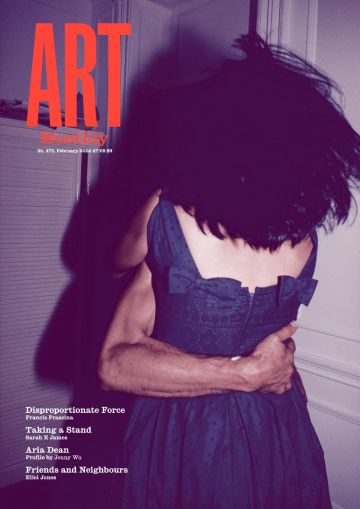Art Monthly 473
February 2024
Disproportionate Force
Francis Frascina
Taking a Stand
Sarah E James
Aria Dean
Profile by Jenny Wu
Friends and Neighbours
Eliel Jones
Buy Now – select:
Want to read this right now?
Get instant access to the entire back catalogue via Exact Editions from only £8.99!
Contents
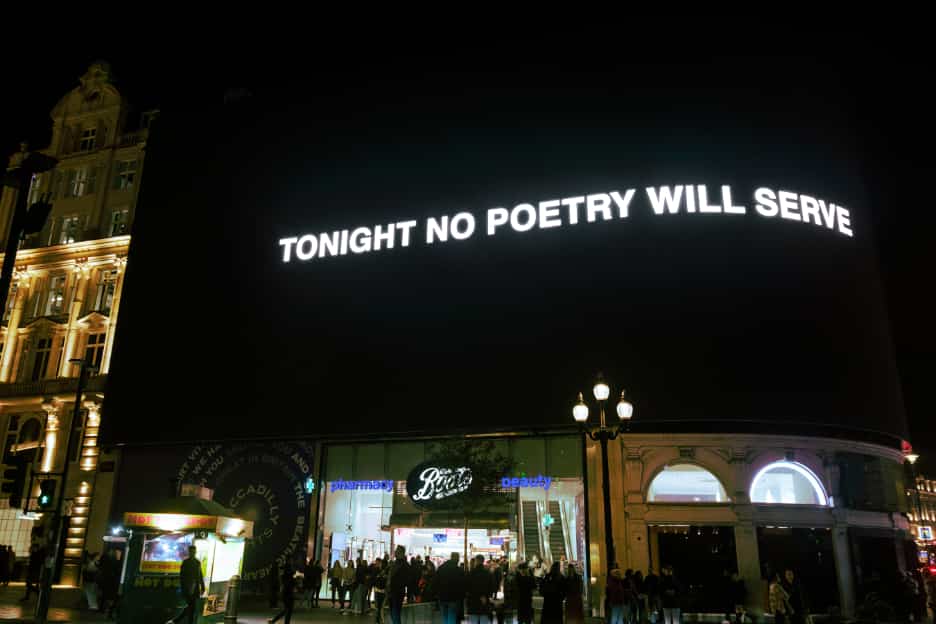
Alfredo Jaar, Tonight no poetry will serve, 2023, Piccadilly Circus, London
Feature
Disproportionate Force
Francis Frascina wonders what an effective political intervention in the field of image-making would be during times of war
The central question for art practice seems painfully the same now as in 2009 and the aftermath of Israel’s devastating ‘Operation Cast Lead’ on Gaza: given the horror of the present, what would an effective political intervention in the field of imagery be like?
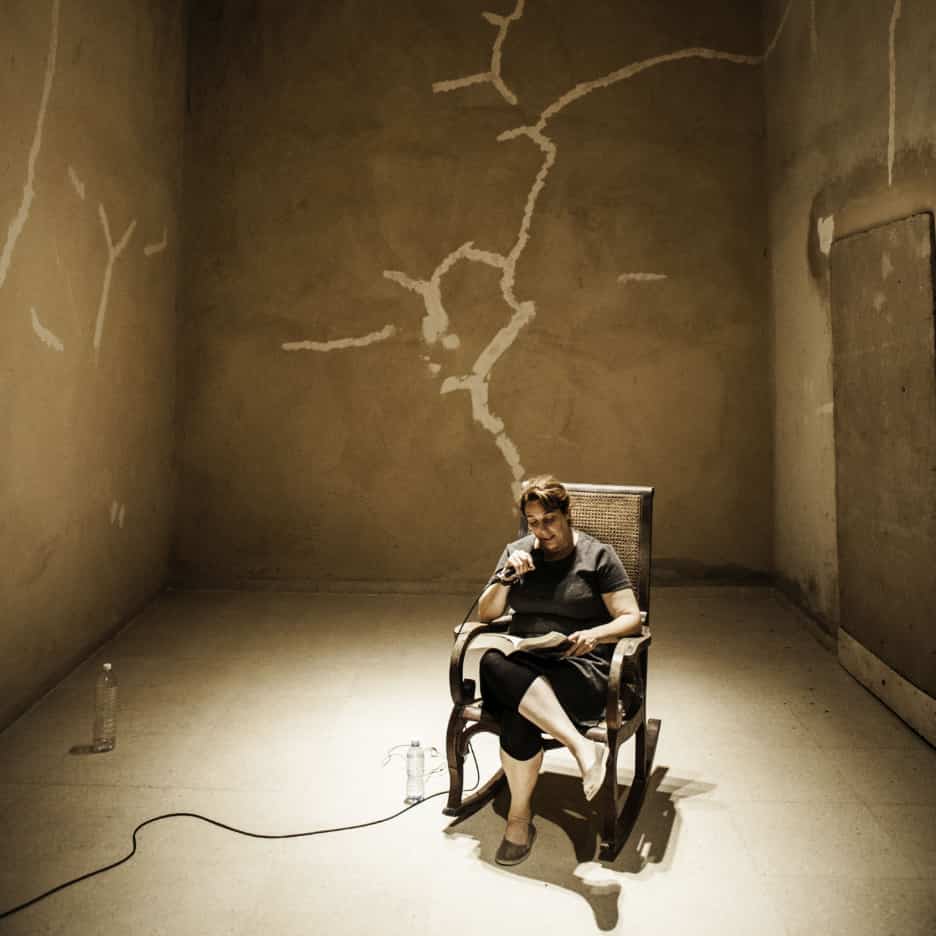
Tania Bruguera, Where Your Ideas Become Civic Actions (100 Hours Reading The Origins of Totalitarianism), 2015
Feature
Taking a Stand
Sarah E James argues that the art world must resist the culture wars being waged by the political right as a result of the deadly war in Gaza
Germany provides a context worth proper consideration because, despite its unique relationship to Israel, it serves as a disquieting study of what might yet come about in the UK, and what we need to collectively resist.
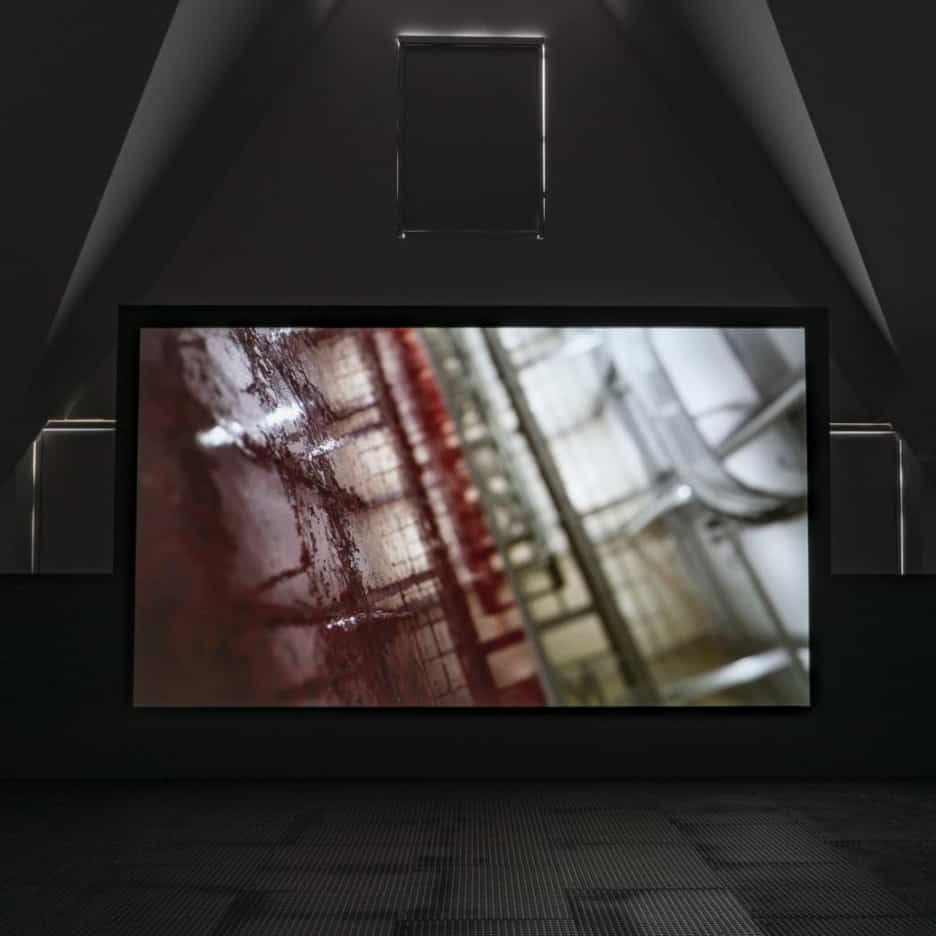
Aria Dean, Abattoir, U.S.A!, 2023
Profile
Aria Dean
Jenny Wu
The Abattoir video is left open-ended, but it nevertheless orbits a central, troublesome question: when did you die?
Editorial
Silence Is Not an Option
The fact that artists are among the first to be silenced by oppressive regimes proves the value of speaking out.
Despite what Francis Frascina describes as the almost insurmountable difficulty of finding effective means to do so, many artists feel impelled, as Sarah E James puts it, ‘to take a stand’ against perceived injustice, inequality and state-sponsored aggression, including with respect to Israel’s war on Gaza.
Letter
Reply to ‘The Art of Dissuasion’
Paul Wood responds to Francis Frascina’s feature on the pressures faced by the Open University team and Frascina’s fractious relationship with Charles Harrison
Artnotes
Fossilised
The British Museum returns to BP for financial support; many English local councils cut their arts funding, the Welsh government proposes to slash its arts budget; Argentina axes its arts ministry; the Istanbul Biennial is postponed over political interference; Italy’s far-right government sacks its non-Italian museum directors; Poland’s centrist government removes right-wing cultural appointees; UK artist agencies publish reports on AI’s relationship to art, creativity and copyright; plus the latest on galleries, people, awards and more.
Obituaries
Giovanni Anselmo 1934–2023
Martin Holman
Pope.L 1955–2023
Margot Heller
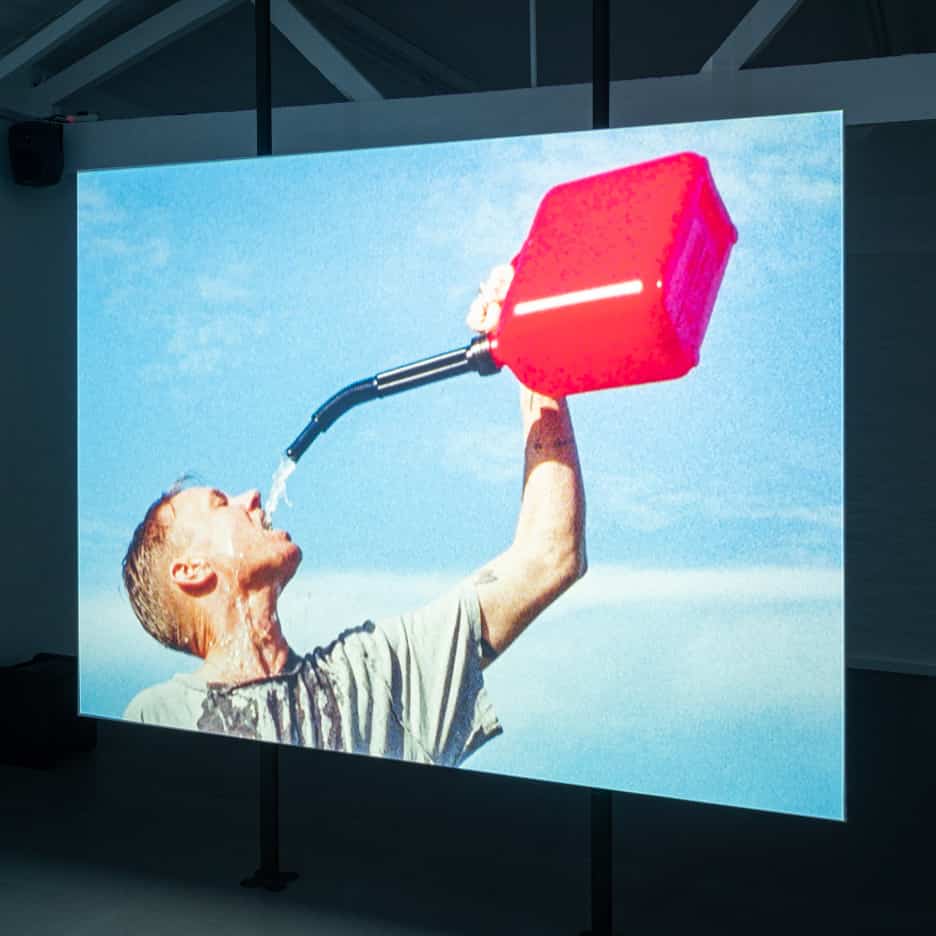
Max Göran, Dieseline Dreams, 2023, Cell Project Space
Exhibitions
Stepping Softly on the Earth
Baltic Centre for Contemporary Art, Gateshead
Daniel Culpan
Li Yuan-Chia & Friends: Making New Worlds
Kettle’s Yard, Cambridge
Ellen Mara De Wachter
David Panos: Gothic Revival
NN Contemporary, Northampton
Peter Suchin
Josefin Arnell and Max Göran: brave and pathetic is better than drowning in shame
Cell Project Space, London
Michael Kurtz
Self-Determination: A Global Perspective
IMMA, Dublin
Adam Hines-Green
Siobhán Hapaska: Medici Lion
Douglas Hyde Gallery, Dublin
Michaële Cutaya
Seasonal Affective
80WSE, New York
Mimi Howard
Dunkirk Triennale of Art & Industry: Human Warmth
various venues
Matthew McLean
14th Shanghai Biennale: Cosmos Cinema
various venues
Stephanie Bailey
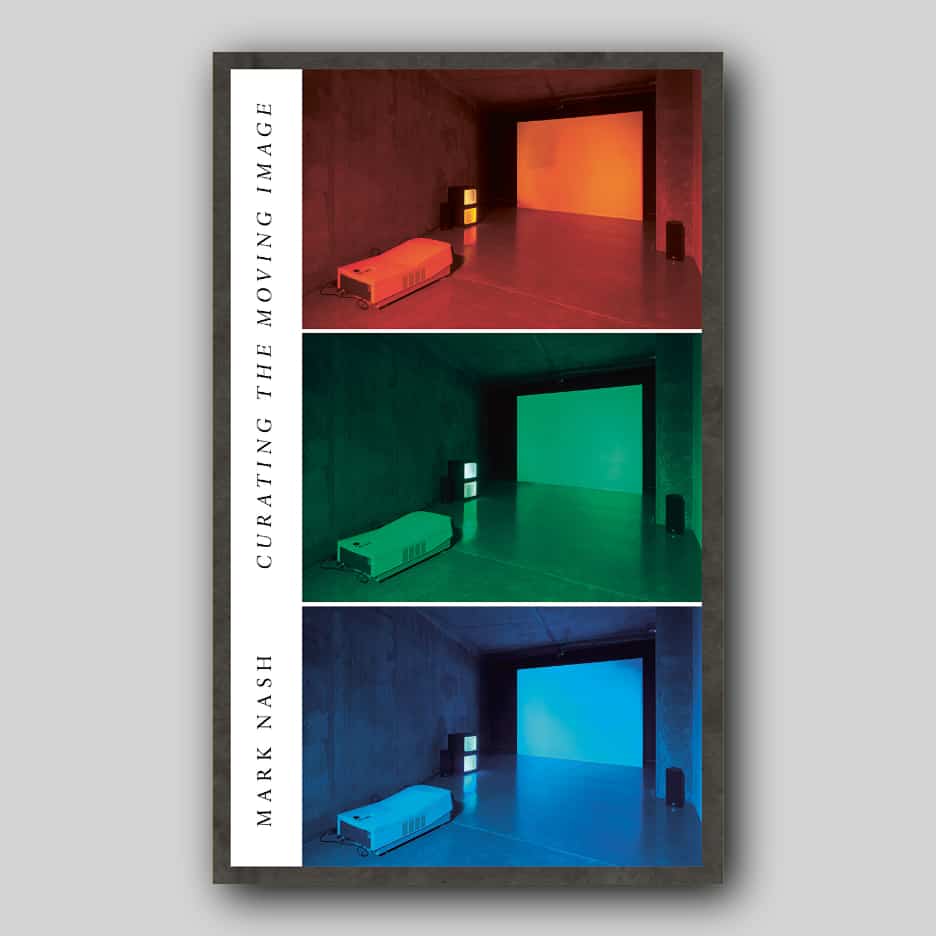
Mark Nash, Curating the Moving Image
Books
Mark Nash: Curating the Moving Image
Maria Walsh
Mark Nash states that ‘theory and theatre … both [involve] the bringing of ideas into visibility’. Curating the Moving Image tells of how, along with collaborators and friends, he did just that in historically prescient and field-defining ways.
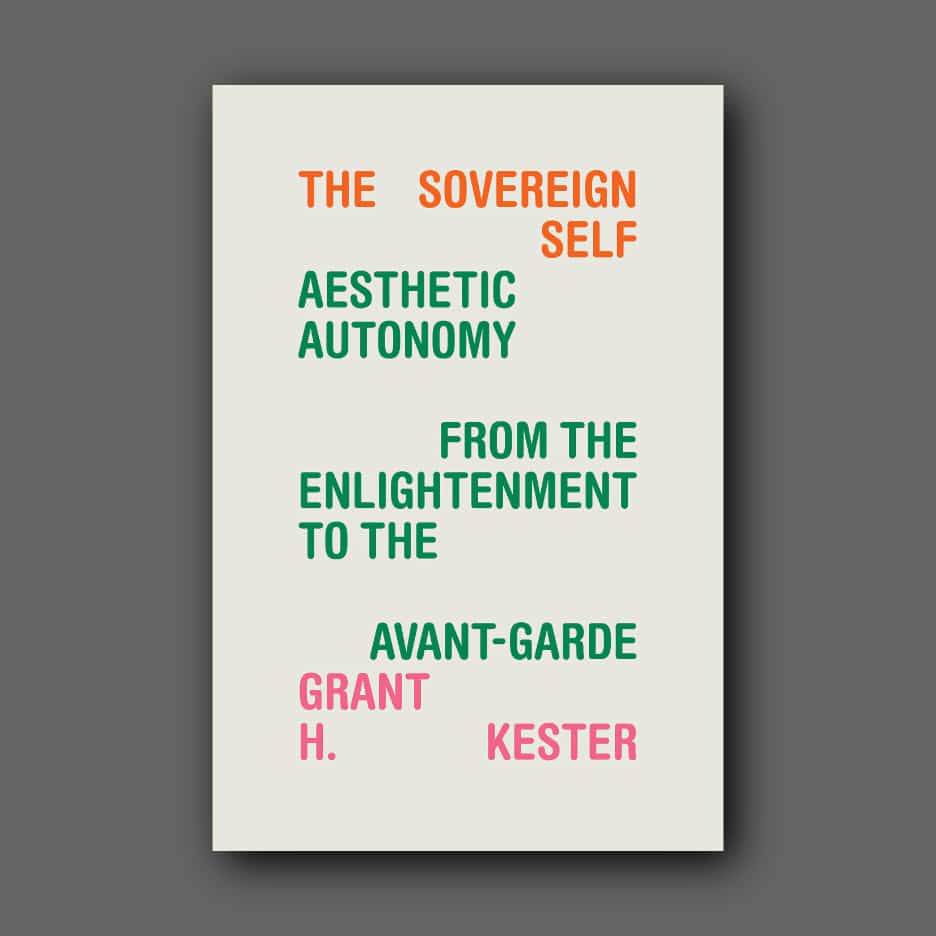
Grant H Keste, The Sovereign Self
Books
Grant H Kester: The Sovereign Self – Aesthetic Autonomy from the Enlightenment to the Avant-Garde
Matthew Bowman
Grant H Kester’s book is a highly valuable examination of the intertwined trajectories of aesthetic experience and autonomy.

Ibrahim Mahama, Untitled, 2023, Kaunas Biennial
Reports
Friends and Neighbours
Eliel Jones
I visited Tbilisi, Baku and Istanbul in order to explore how the practice of friendship might allow artists and cultural workers to resist and survive various social, economic and political challenges or hostilities.
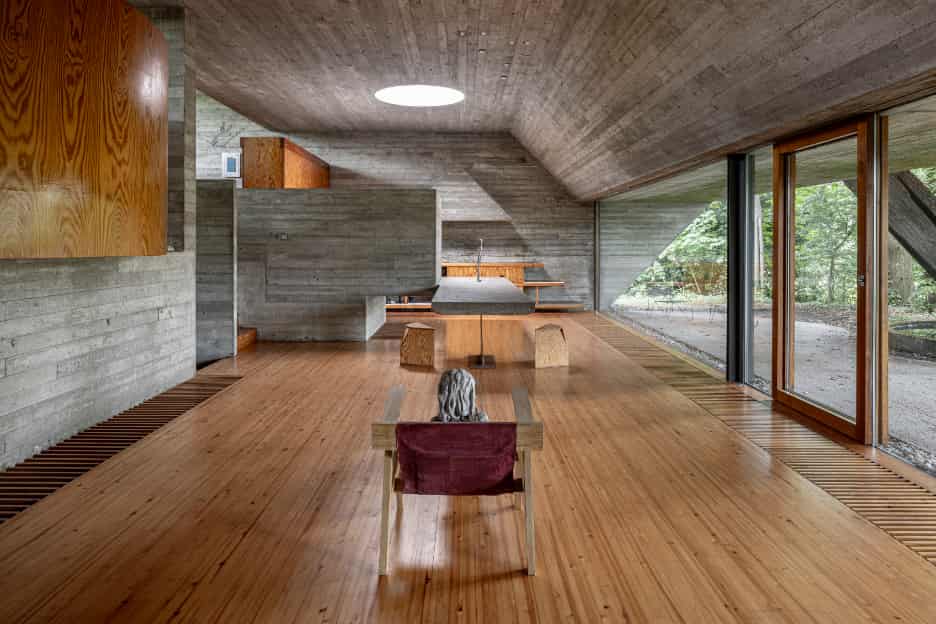
Mark Manders, ‘House with All Existing Words’, Van Wassenhove House
Reports
Letter from Ghent
Chris McCormack
If the weather and architecture seemed momentarily to keep at bay the current widening abyss of global politics, then a more unexpected, alarming image surfaced when reading that one of Ghent’s emblems is that of a noose.
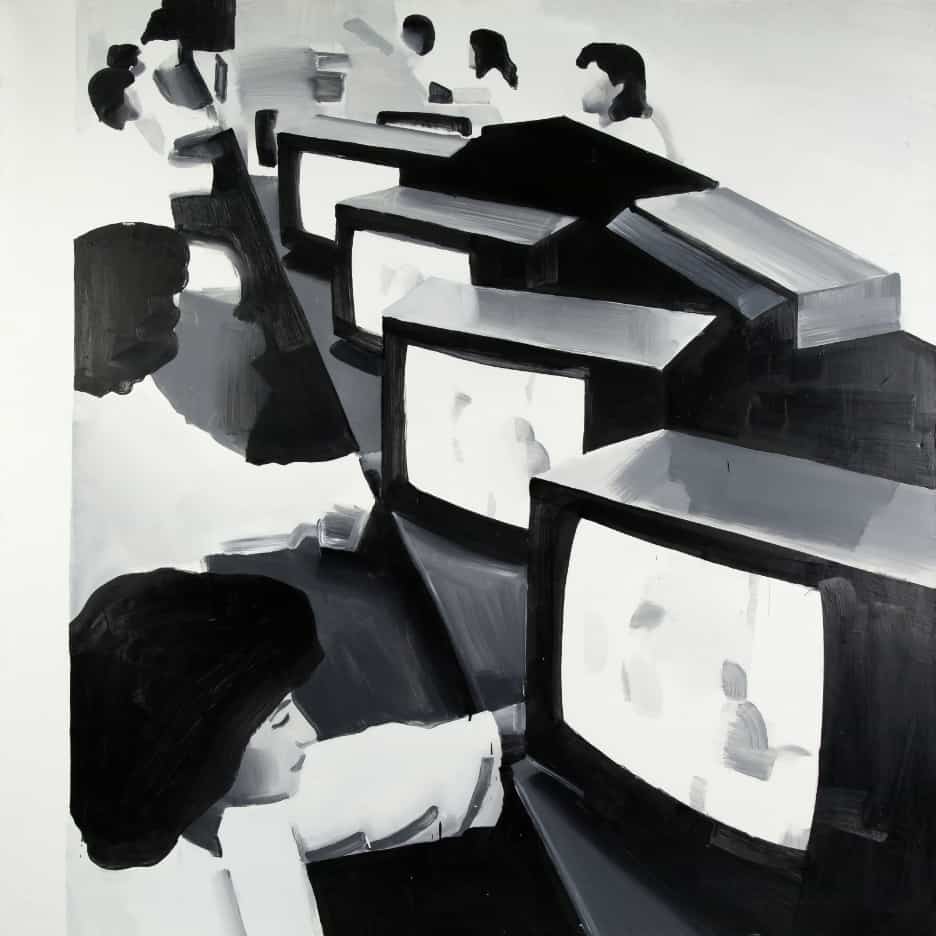
Wilhelm Sasnal, Untitled, 2000
Reports
Letter from Kraków
Deborah Schultz
The art scene in Kraków is expanding through institutions – such as MOCAK, MuFo and Bunkier Sztuki – that are shaped by the past in many interesting ways, but with a clear view to the present and the future.
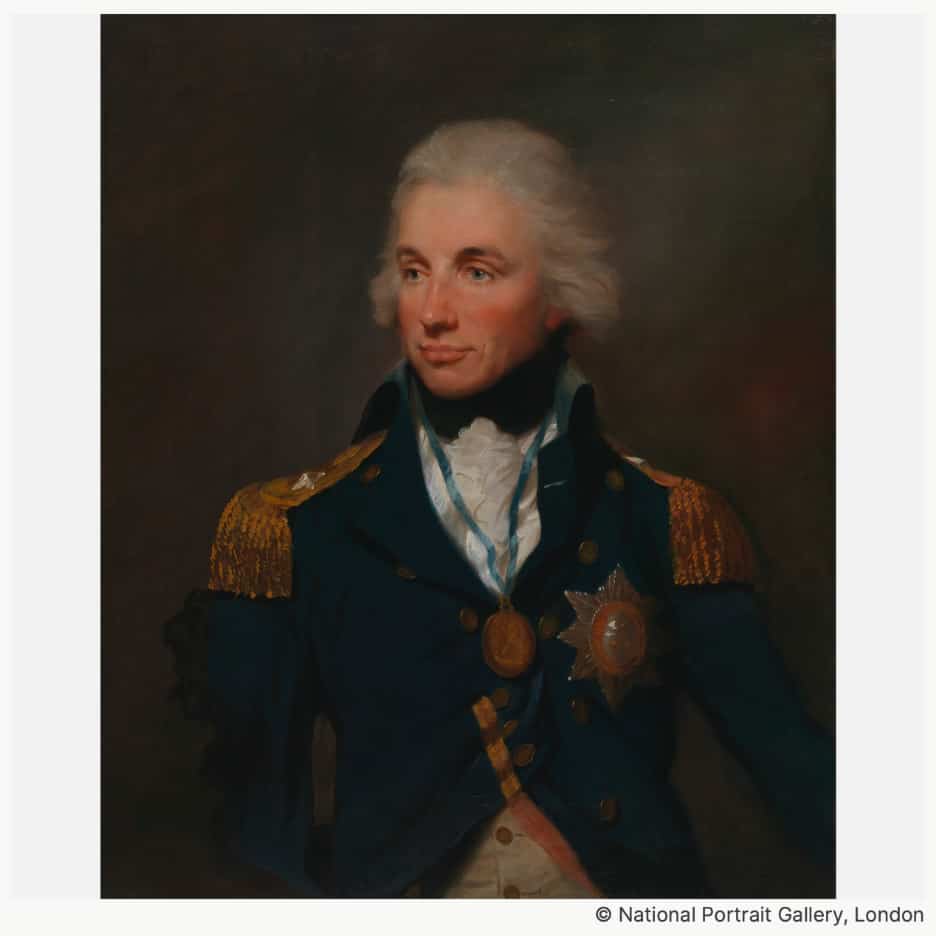
Lemuel Francis Abbott, Horatio Nelson, 1797, presented as © National Portrait Gallery
Artlaw
Freedom and Creativity
Henry Lydiate
The year started with publication of a seminal judicial decision confirming that UK copyright law’s originality test – for creating a copyright-protected new artwork – requires the expression of personal creativity by the author. The UK Court of Appeal’s clear judgment embraces the CJEU’s originality test, and thereby validates the contention that photographs of non-copyright two-dimensional images, such as museum photographs of historical paintings, do not create new copyrights.

